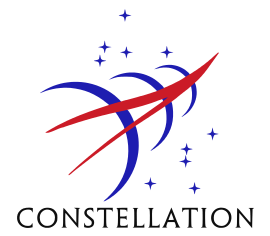Orion Abort Test Booster
The Orion Abort Test Booster (ATB) is a small solid rocket launcher being developed by Orbital ATK Corporation under contract by U.S. Air Force Space and Missile Systems Center, Experimental Launch & Test [SMC/LEX].[1][2]
Its goal will be to demonstrate and qualify the Orion Launch Abort System (LAS) that will allow the astronaut crew to safely escape in the event of an emergency during launch pad operations, through the ascent phase of the Orion vehicle.
While the first test was at one point planned for 2009, in early 2013 a decision was made to postpone abort testing until after the 2018 uncrewed maiden flight of the SLS vehicle. The test is now baselined for December 2019.[3]
The ATB can be considered the successor to Little Joe II used during similar Apollo abort testing at White Sands Missile Range, New Mexico. It uses a single stage Peacekeeper missile first stage motor [SR118] inside an Aero-Shell to replicate the Orion Service Module 5.5 meter diameter. Ballast plates are used to increase the weight of the vehicle to mimic ascent acceleration of the Space Launch System. The ATB also includes an Avionics cylinder assembly mounted to the forward SR118 motor skirt, and a Thrust Reaction Structure to carry the loads from the 92" diameter motor to the larger Orion Service Module 5.5 meter diameter.
The Abort Test launch will be from Cape Canaveral SLC-46, a Navy site leased to Space Florida. The existing Mobile Access Tower will be modified with platforms designed and built by Langley Research Center, VA to surround the ATB and Launch Abort Vehicle [comprised of a Separation Ring, Boilerplate Crew Module (also built at Langley Research Center), and Launch Abort System] outer mold line.
The abort separation of the Crew Module/LAS from the ATB will occur while the SR118 is still thrusting around 30,000' altitude during the transonic regime. Currently, no parachute system will be installed on the Crew Module. The purpose of the test is to collect data on the separation environment.
